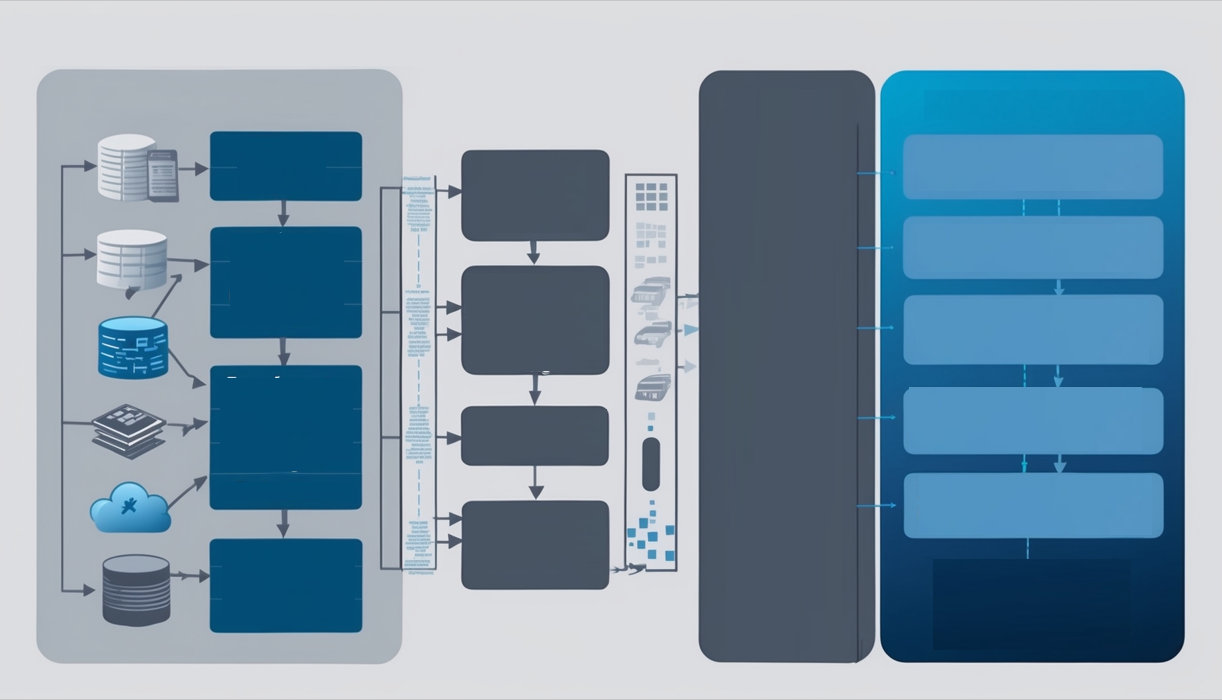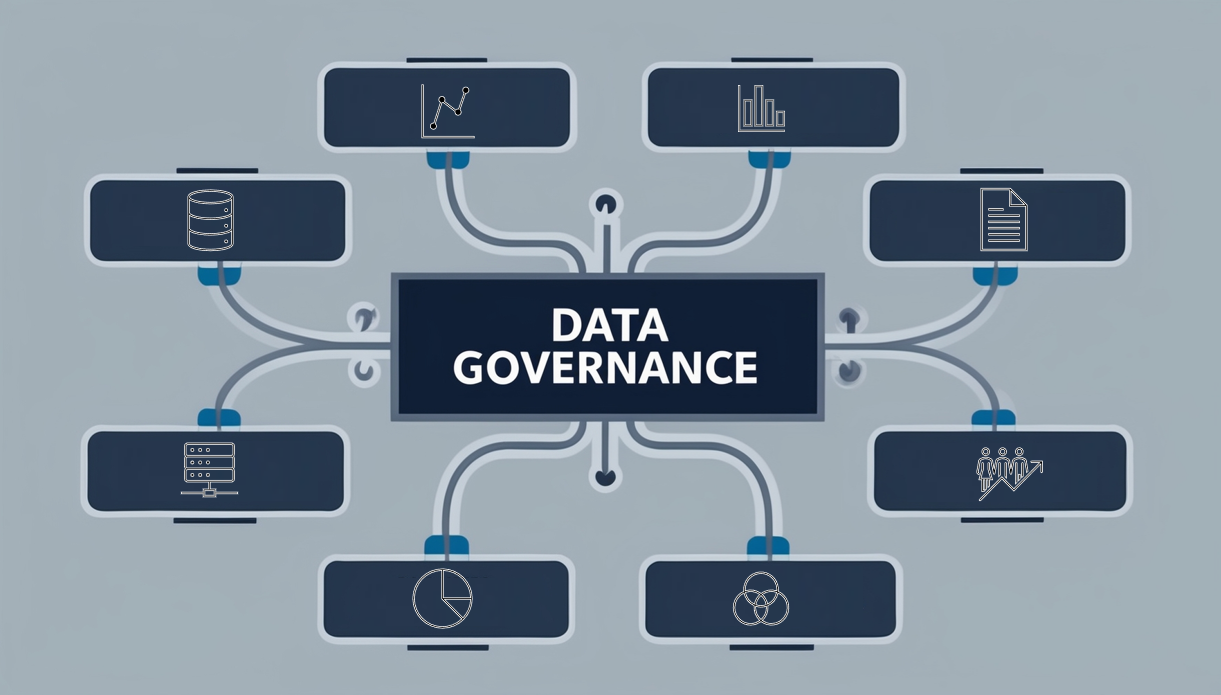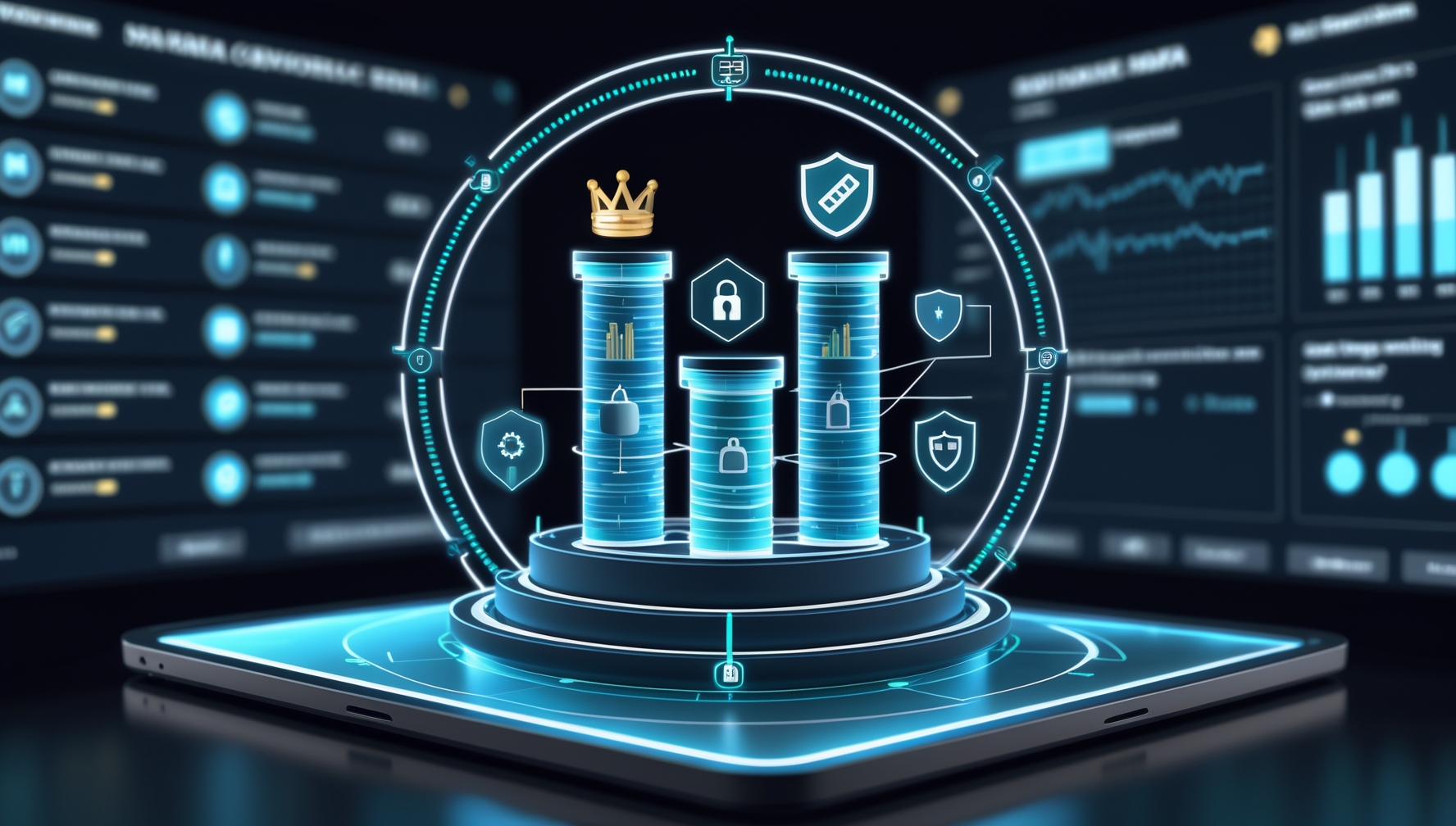A Primer on Data Governance
Learn the basics of governing enterprise data for favorable outcomes. Read On!
Big Data refers to the massive volume of structured and unstructured data generated by various sources, such as social media, sensors, digital devices, and business transactions. The term “Big Data” is often used to describe datasets that are too large, complex, or dynamic to be processed, analyzed, and managed using traditional data processing tools and techniques. Big Data is characterized by the 5Vs: Volume, Velocity, Variety, Veracity, and Value.
Big Data technologies and tools, such as Hadoop, Spark, and NoSQL databases, have been developed to address the challenges associated with storing, processing, and analyzing large and complex datasets. Big Data analytics involves the use of advanced techniques, such as machine learning, data mining, and predictive analytics, to uncover hidden patterns, correlations, and trends within the data.
Big Data applications span across various industries and sectors, including:
The potential benefits of Big Data are significant, but there are also challenges and concerns, such as data privacy, security, and ethical considerations. Organizations must adopt responsible data management practices and adhere to relevant regulations to ensure the appropriate use and protection of Big Data.
The Big Data category within our CIO Reference Library is a comprehensive collection of resources, articles, and insights designed to help CIOs and IT executives navigate the complex world of big data management, analytics, and implementation. This category focuses on providing IT leaders with the knowledge and tools needed to effectively harness the power of big data, enabling them to make better-informed decisions, drive innovation, and create a competitive edge for their organizations.
In this category, you will find valuable information on a wide range of topics related to big data, including:
By exploring the Big Data category, IT leaders can better understand the challenges and opportunities associated with managing and utilizing large-scale data assets. This knowledge will enable you to develop and execute effective big data initiatives that drive significant value, efficiency, and innovation for your organization.

Learn the basics of governing enterprise data for favorable outcomes. Read On!

Learn how to use Data to meet your business objectives and goals. Read On!

Explore the intricacies of managing vast data sets with our detailed guide on big data governance. Discover how a structured framework can revolutionize your data management practices, enhance security, and drive significant business value. Dive into the world of disciplined, strategic data oversight and transform your organization’s approach to big data.
Delving into the ethical dimensions of big data, this guide provides CIOs with actionable insights to incorporate ethics into data management strategies. Discover how ethical practices not only uphold user trust and compliance but also fortify the foundation of your big data initiatives. Excellent Read! (150+ pages)
Embark on the Big Data journey with this comprehensive executive’s guide. Uncover the defining concepts, business implications, and strategic adoption methodologies that are crucial for leadership roles. This guide not only demystifies Big Data but also arms you with actionable insights for successful integration in your business ecosystem. (70 pages)

Navigating the complexities of data management? This is a strategic framework for robust data governance, empowering CIOs to ensure data quality, compliance, and security, driving a data-driven culture within the enterprise.

This in-depth executive guide to Big Data helps CIOs and IT leaders understand critical concepts, key terms, enterprise technologies, and analytics strategies. It offers a practical roadmap across three parts—defining Big Data, using it to generate insight, and implementing technologies that power enterprise-scale intelligence.
This article analyzes the impact of emerging technologies on business and society. CIOs can learn what is coming, how it will impact the world around them, and how to harness these disruptive forces.

This data governance framework case study details the journey of a higher education institution in developing a comprehensive framework to manage data across various departments. The guide covers everything from defining roles and responsibilities to setting data standards, implementing policies, and ensuring compliance. Readers will gain insights into how this structured approach can drive better decision-making, improve data quality, and align data governance with organizational objectives. (200 pages)
An excellent introduction to big data from an implementation perspective. Great discussion for the CIO.